
Periodontitis is a serious but also a very common condition related to the gums, tissue, bone and ligaments that surround and support the teeth. This tissue is called periodontium, and thus the name of the condition. When a person has periodontitis, its gums are infected or inflamed, and is usually the result of inadequate oral hygiene. Regular brushing of teeth at least twice a day, along with flossing are two very simple steps which are guaranteed methods of prevention of this condition, which may even lead to very severe and permanent consequences, such as the loss of teeth, or, what’s even worse, heart attack and stroke.
Even though we have already mentioned the most common cause for this condition, there are numerous other reasons which may also lead to periodontitis, and some of them are vitamin C deficiency, dental plaque and genetic predisposition. The main symptom which indicates vitamin C deficiency is bleeding of the gums, and if untreated, it may lead to the loss of the tooth or teeth. Build up of the plaque, which is a combination of bacteria and bacterial products, that forms on the teeth can also cause problems. However, dental plaque is easily removed by brushing the teeth, and in small amounts it does not pose any threat. But, since it tends to re-form, if accumulated, it can cause periodontitis, as well as gingivitis.
Symptoms
As for the symptoms, they do not necessarily have to appear, which is why it is recommended to regularly visit the dentist. However, in case you notice that your gums are red, or swollen, or that they tend to bleed either during brushing or without any logical explanation, you should schedule a checkup with your dentist. Other warning signs may be bad breath, and pus between gums and teeth, or even separating of the teeth.
Treatment
The treatment of this condition is possible, and the sooner it is detected, the higher the chances that the teeth will be saved are. The early stage of periodontitis requires that plaque and inflamed soft tissue around the teeth is removed, in order to remove the bacteria. In more serious cases, where the condition progressed, the treatment requires a minor surgical procedure which is called gingivectomy and during which medicinal dressing will have to be used to cover the affected area after the removal of the plaque and soft tissue, and it will have to be worn for a week approximately. Antibiotics are used in treatment of the inflammation. However, even though it is possible to cure this condition, the prevention which consists of proper oral hygiene is recommended to everyone.


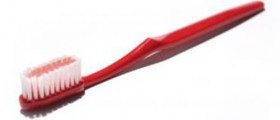
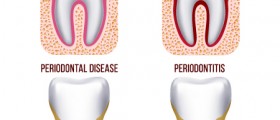
,-Don't-Ignore-Receding-Gums_f_280x120.jpg)
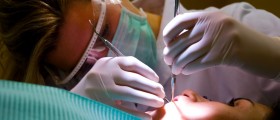
_f_280x120.jpg)
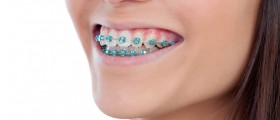





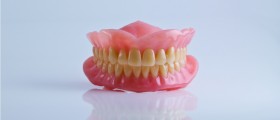
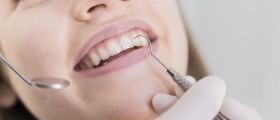
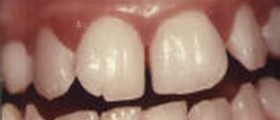
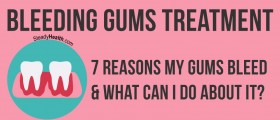
Your thoughts on this
Loading...